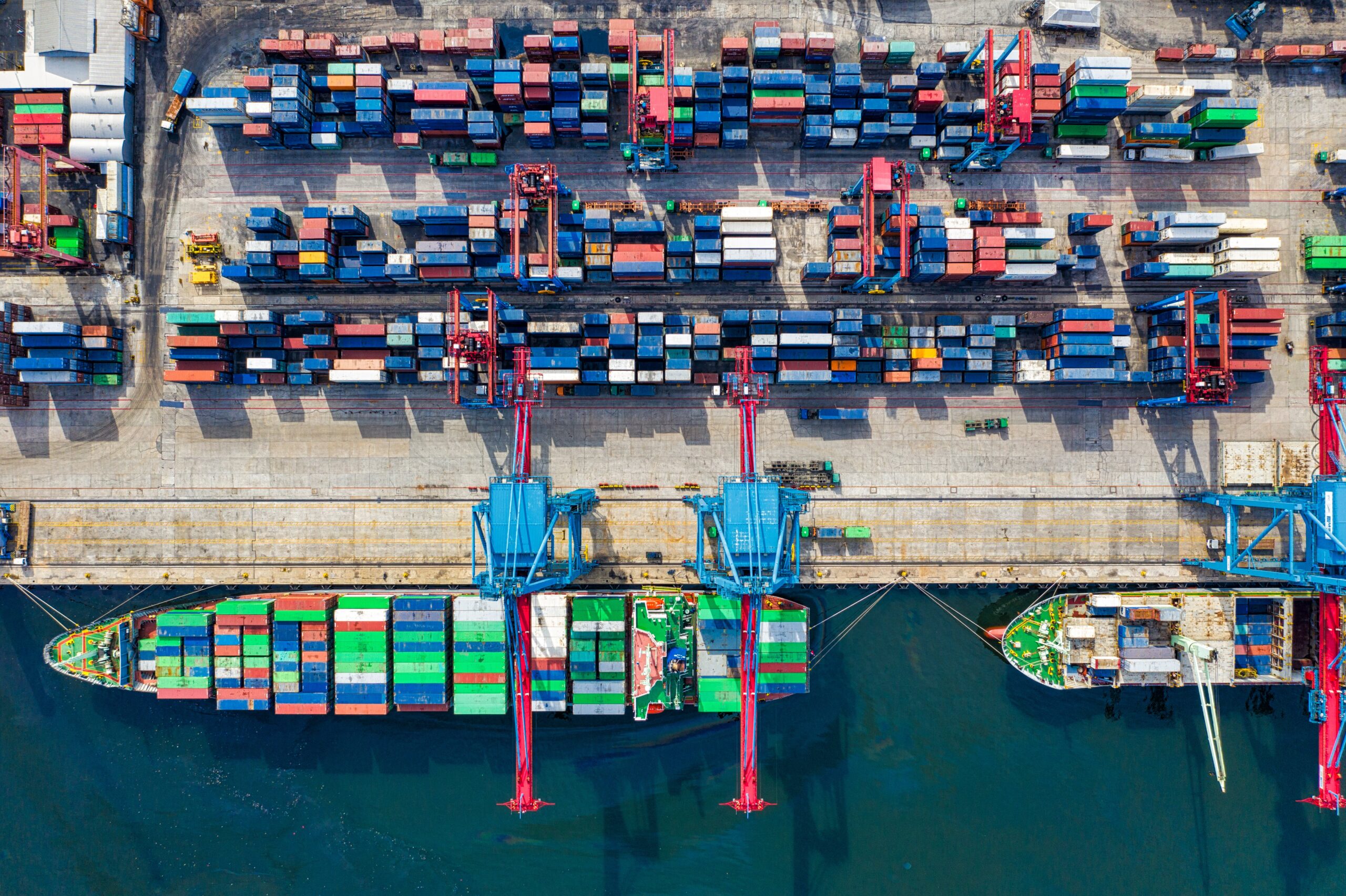
Companies across all sectors are under immense pressure to change the way they are managing their supply chain.
From one side, the recent events that have disrupted the supply chain all over the world from a global pandemic to the warfare between Russia and Ukraine.
On the other hand, consumers are looking at products through a new lens where their purchasing decisions are no longer limited to product specifications but extended to sustain-ability-related factors. Moreover, governments are trying to promote sustainable and transparent supply chains, hence enforcing laws concerning environmental and social aspects.
Yet, neither brands nor consumers typically know what happens during a product's journey, and value is often diminished along the way. Thus, companies are left with no choice but to gain visibility over their entire value chain for more resilient and circular supply chains.
